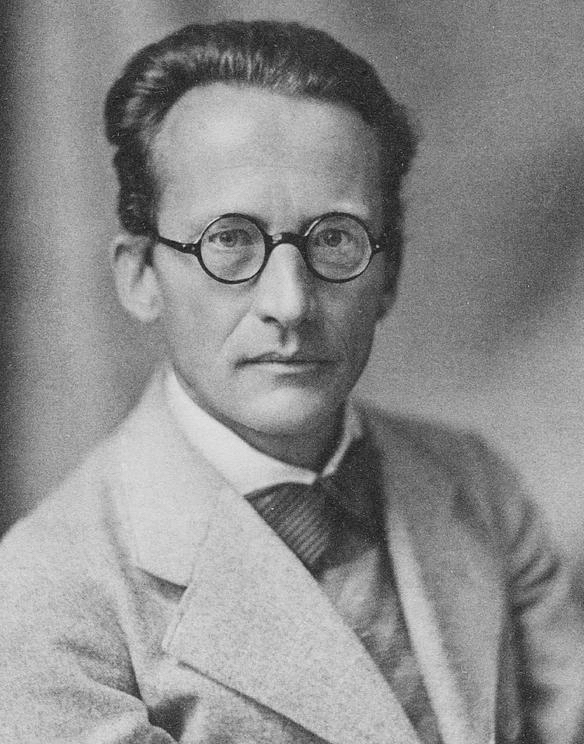8.4 The cat
In 1935, physicist Erwin Schrödinger (Figure 8.2) proposed a thought experiment that would spawn close to a century of profound scientific and philosophical thought and many bad jokes. Our explanation of the fate of Schrödinger’s cat uses several qubits and CNOT gates. Schrödinger, Erwin Schrödinger’s$cat

Thought experiments are common among mathematicians and scientists. The basic premise is that the idea is not something you would really do but something you want to think through to understand the implications and consequences.
Schrödinger’s experiment was his attempt to show how the Copenhagen interpretation promoted by Niels Bohr (Figure 8.3) and Werner Heisenberg in the late 1920s could lead to a ridiculous conclusion for large objects. 80 This interpretation is one of the popular ideas for how and why quantum mechanics...































































